As with any easy gardening technique, there is a lot to consider regarding lasagna gardeningthat specifically relates to its many benefits and ease of application. One of the main ‘pros’ of lasagna gardening is that it can be an easy way to smother out weeds and grass while enhancing soil over time, which is an ideal alternative to backyard lawns.
Also see our page onbee-friendly ground covers as an alternative to lawns, as providing habitat for bees is an essential part of food production to encourage polination.
A lasagna garden relies on recycled newspaper, cardboard, leaf materials, and traditional compost and soil material to achieve this, and it has many benefits along the way. The ‘cons’ of lasagna gardening on the other hand can include the time spent building and finishing beds, finding safe compostable products, maintaining oxygen levels in the soil and the size in which it can work successfully.

Because of this, we recommended that full details of all the pros & cons of lasagna gardening are carefully considered before rushing out into the garden with all the Amazon boxes accumulated from those DIY projects for during the recent sheltering at home and smothering a chunk of lawn! And, just in case there’s some Italian in the family, we also wanted to add that yes, we do know it can also be spelled lasagne, thank you! You say ‘tomato’ and we say ‘tomahto’ springs to mind…
Lasagna Gardening; the ‘pros’
Opinions are subjective regarding the pros of lasagna gardening, and what one person may find as a labor-saving gardening trick may be viewed as ‘being lazy’ by someone else. If you’re of the opinion that easy is better as far as gardening is concerned – then a lasagna garden may be the perfect fit for you.

Lasagne gardening also saves waste, as it makes use of materials that would otherwise be sent to landfills. So a big lasagna garden ‘pro’ is that it’s a great way to produce vegetables at home while eliminating the need to have your kitchen waste and some recyclable materials picked up and disposed of by municipal services.
That advantage alone is enough to convince some people to try creating and enjoying a lasagne garden. Build it in the spring, layer it up, and it’s ready to plant almost immediately as the frost goes away for another year.
The base materials for building a lasagna garden can be brown items(carbon) like non-toxic newspapers, leaves or cardboard alternated with green layers (nitrogen) such as grass clippings, kitchen organic scraps, or even coffee grounds - though to be sure checkwhy some say never to put coffee grounds on plants or gardens here– and be careful not to overload it with too rich a compost mix if you are building on acidic or clay soils as that can inhibit plant growth.
Another ‘pro’ for lasagna gardening is that the process of building on grass improves the soil quality你的花园,你可以建立额外的水平需要。如果你是在一个质量较差的地区或粘土,千层面花园建设将确保一个肥沃的自由排水的表层土壤,上面是重而难以处理的土壤,如粘土。
值得一提的是,千层面花园在涝渍粘土中生长不好。在这种情况下,仍然需要某种排水系统,特别是如果考虑在千层面花园种植土豆或其他根系作物,它们可能会在土壤中太过饱和的水腐烂。防止这种情况发生的一种方法是建立一个千层面花园,向上培育苗床或花盆。

The next advantage of lasagna gardening is that little maintenance is required. Our favorite of the lasagna garden advantages is how simple they are. While it could be considered doing things the lazy way by the seasoned gardener, there is something to be said for simply enjoying more garden time rather than busting your back with a lot of maintenance. With lasagna gardening, there is no need to dig or till and no need to cut or dig out sod when building one on a former lawn.
Simply alternate carbon and nitrogen materials and keep the 'cooking' garden area wet. And that layer of cardboard is certainly a better method of weed prevention than adding a broad-spectrum glyphosate herbicide that may be toxic to us and our pets.
Another advantage we love is that they can be ready to plant as soon as you feel like it. Lasagna gardens can sit and 'cook' for a few months until they are ready to plant, or you can start right away with a layer of well-aged compost/soil mix as the top most layer and put plants in immediately.
Cons of Lasagna Gardening
Lasagna gardening makes a lot of sense in many respects.Layers of compostable material intermingled with carbon sources, often discarded newspaper, or cardboard will break down and improve soil nutrient availability, tilth and kill many pesky weeds during the process – that’s the theory at least.
Yet, there are downsides to lasagna gardening, even from the sustainable and organic viewpoint. Lasagna gardening is also called no-till gardening, a practice suggested for reducing carbon admissions, but this is also one of the main reasons against lasagna gardening too – and that’s why it’s worth looking in detail at the ‘pro’s’ and their ‘cons’ of lasagna gardening.
Slow nutrient return and soil oxygen content: as these heavier lasagna garden layers break down, oxygen levels in the soil can be reduced because they are pretty much suffocated by the multiple layers of material – especially the wet cardboard and newspaper.
A lack of oxygenmeans aerobic bacteria cannot do their work effectively, which in turn slows down the decomposition process and means that many released nutrients from the rotting down will not absorb into soil well, and may instead leach away in rainwater run-off – especially if placed on top of clay soils.
Time Advantages:千层面花园号称的优点有时也可能是缺点。收集和移动碳/氮层所需的所有有机物质所需的时间加上碳/氮层分解为有效营养物质所需的时间。它可能会起作用,看起来好像很快就完成了一些事情,但实际上,千层面园艺需要时间才能达到最高产的水平。
Choosing safe materials:Many of our cardboard boxes come from overseas and from places where there isn’t legislation in place restricting certain chemicals dyes from use during the manufacturing of boxes. Many shiny cardboard surfaces are also treated with varnishes including polymers and plastics, or even worse are heat-set with actual plastic finishes. Avoid these, as they can release microplastics that can be consumed by wildlife and our plants themselves.
There may also be other petroleum products, certain chemicals and heavy metals released that can contaminate a vegetable patch. This is why we recommend that you be very selective with what you use as a base layer.
The functional size of a lasagna garden is limited: it simply would not be practical to try to do an entire field in the lasagna garden method, so this is more a small-scale solution for urban farming. Gathering enough food safe paper and cardboard for layering would require a concerted effort for larger areas of food production.
Our Conclusion: Lasagna Gardening Drawbacks vs. Benefits

There is some work and time involved in successful lasagne gardening, but there would be with the construction of any raised garden bed or vegetable patch; for example, anothersmall space gardening solution – the keyhole garden. Yes, a lasagna garden takes a while to break down until it is its most productive, but it’s really just a few months. That can be valuable time in which patient gardeners can be busy planning what to plant in their new vegetable beds!
Whether or not the pros outweigh the cons of lasagna gardening must be weighed up for each individual garden and indeed, each individual gardener. While the practice may be perfect for one type of gardener, it may be more trouble, expense, and waste than it’s worth for another.
Overall, each benefit and detraction should be measured before undertaking a lasagna garden or any other composting effort – but our advice? We’d say give lasagna gardening a careful try and judging for ourselves is the best way to go...
Now that you know thepros and cons of a lasagna garden, learn more abouthow to start a gardenandgrowing food at homein the following pages:
Find more aboutgreen lifestyle choices and home construction in the EcohomeGreen Building Guide pagesand find outaboutthe benefits of a free Ecohome Network Membership here. |


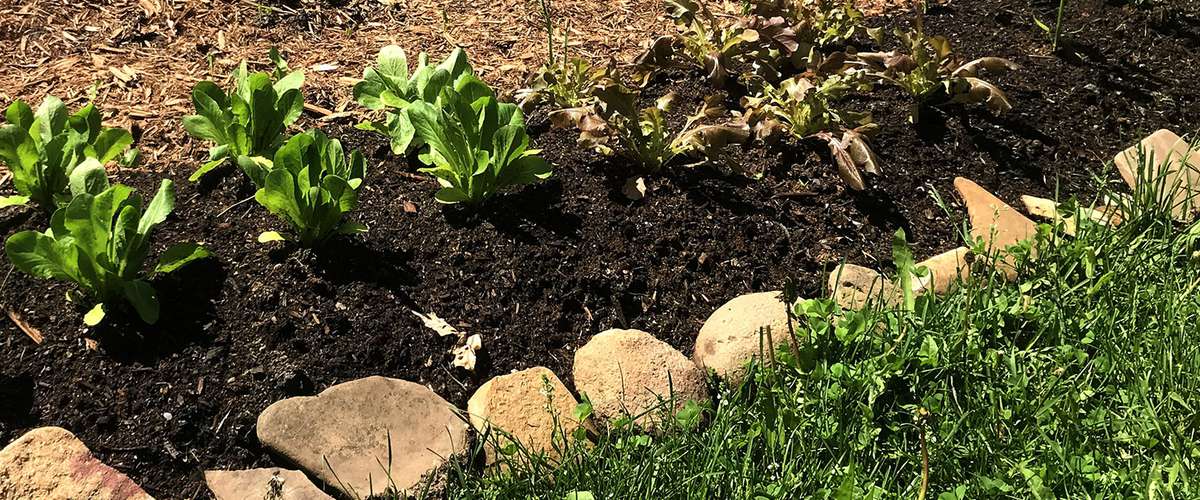















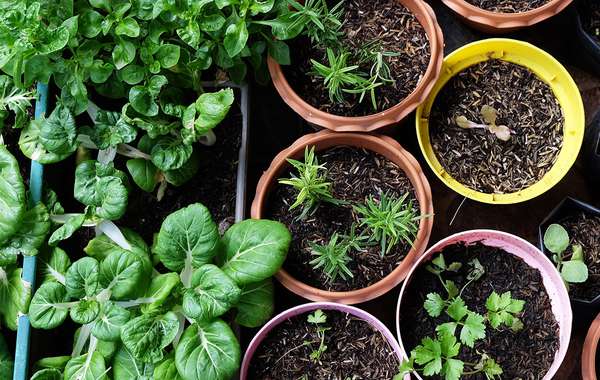
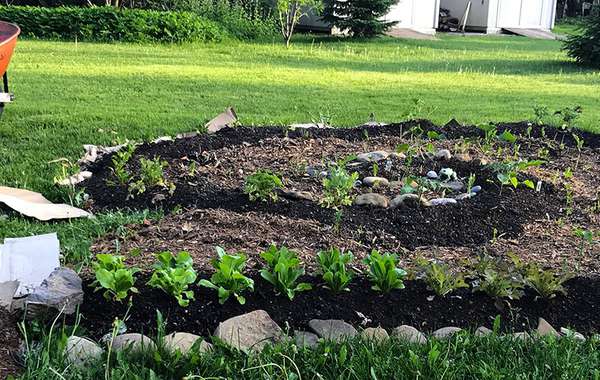
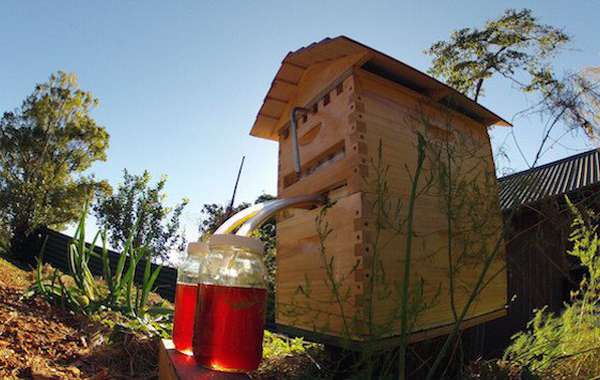
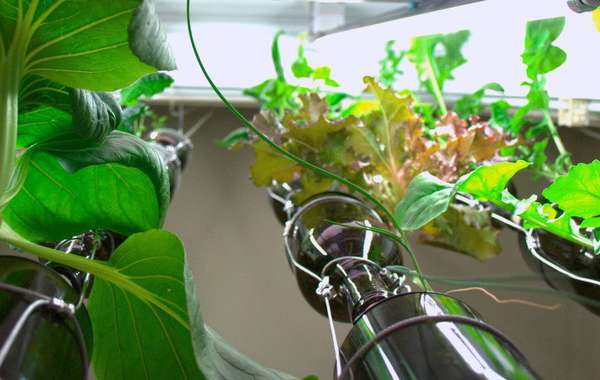
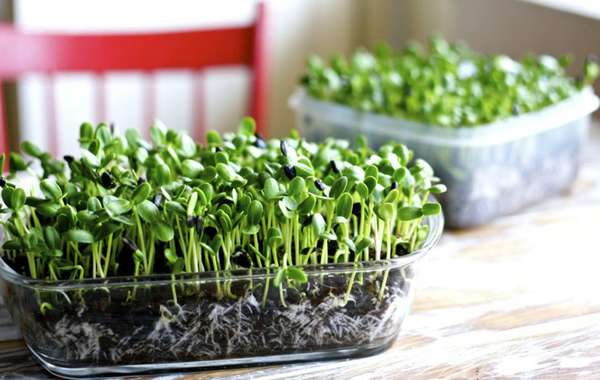
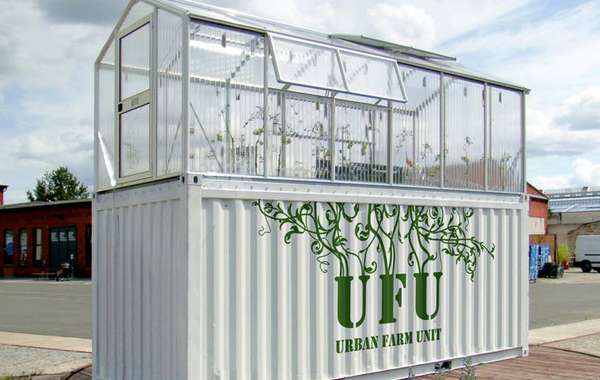
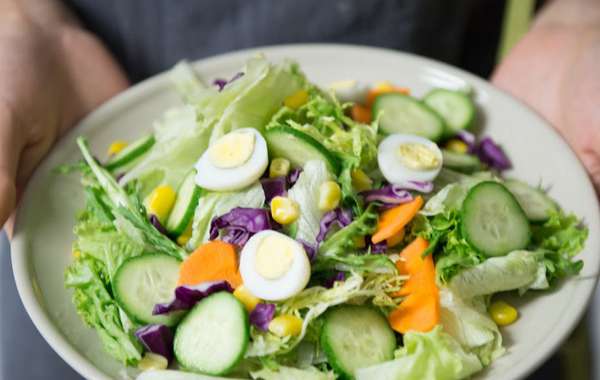
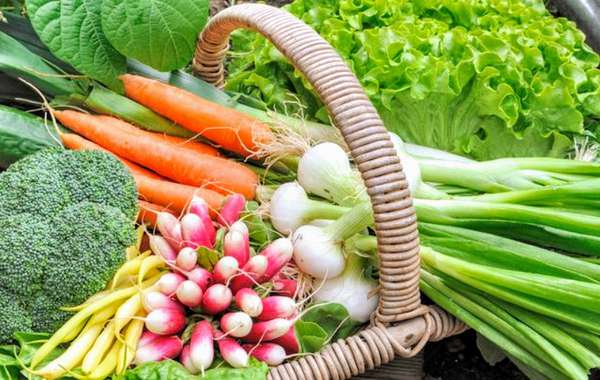
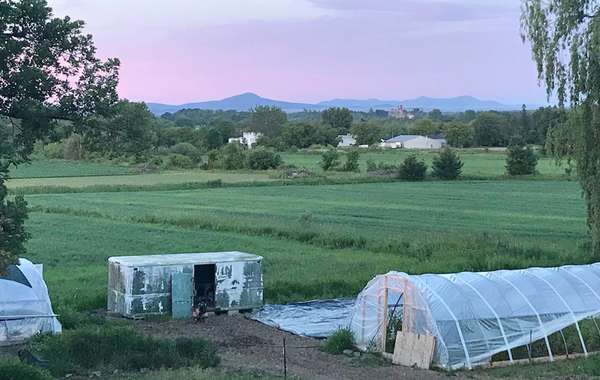
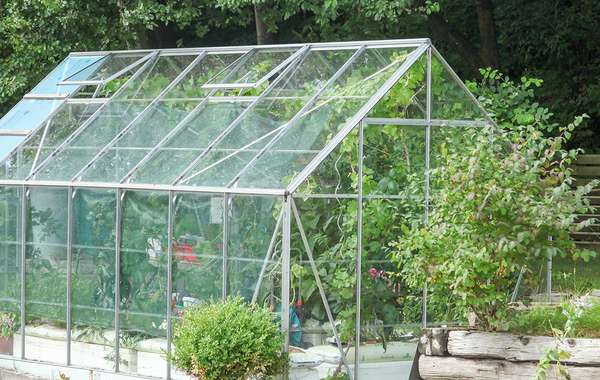
Comments (0)
Sign Up to Comment